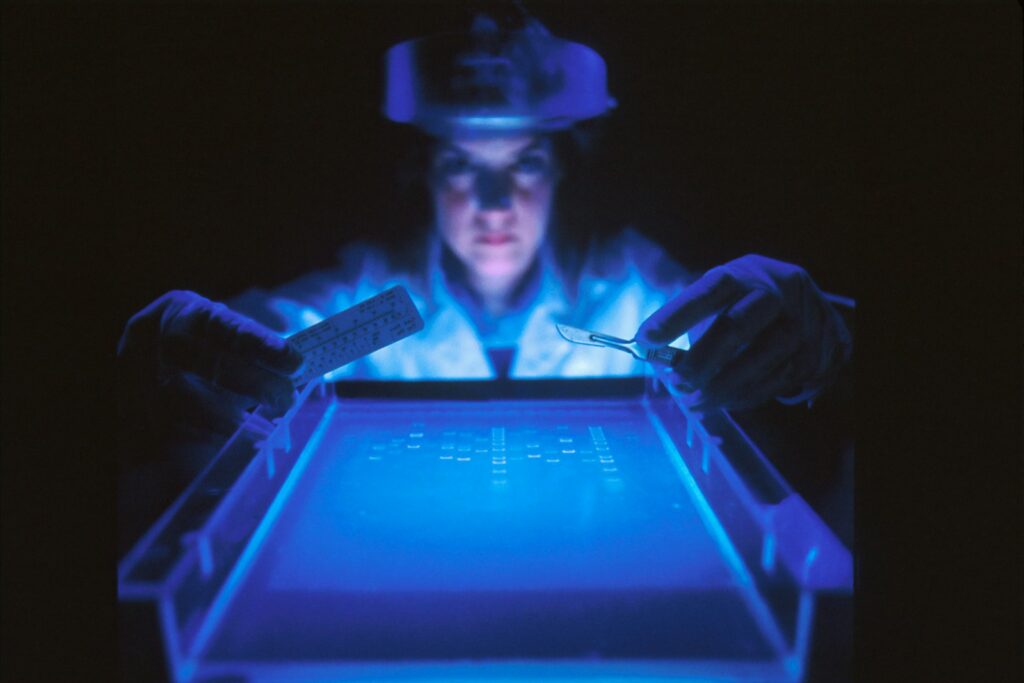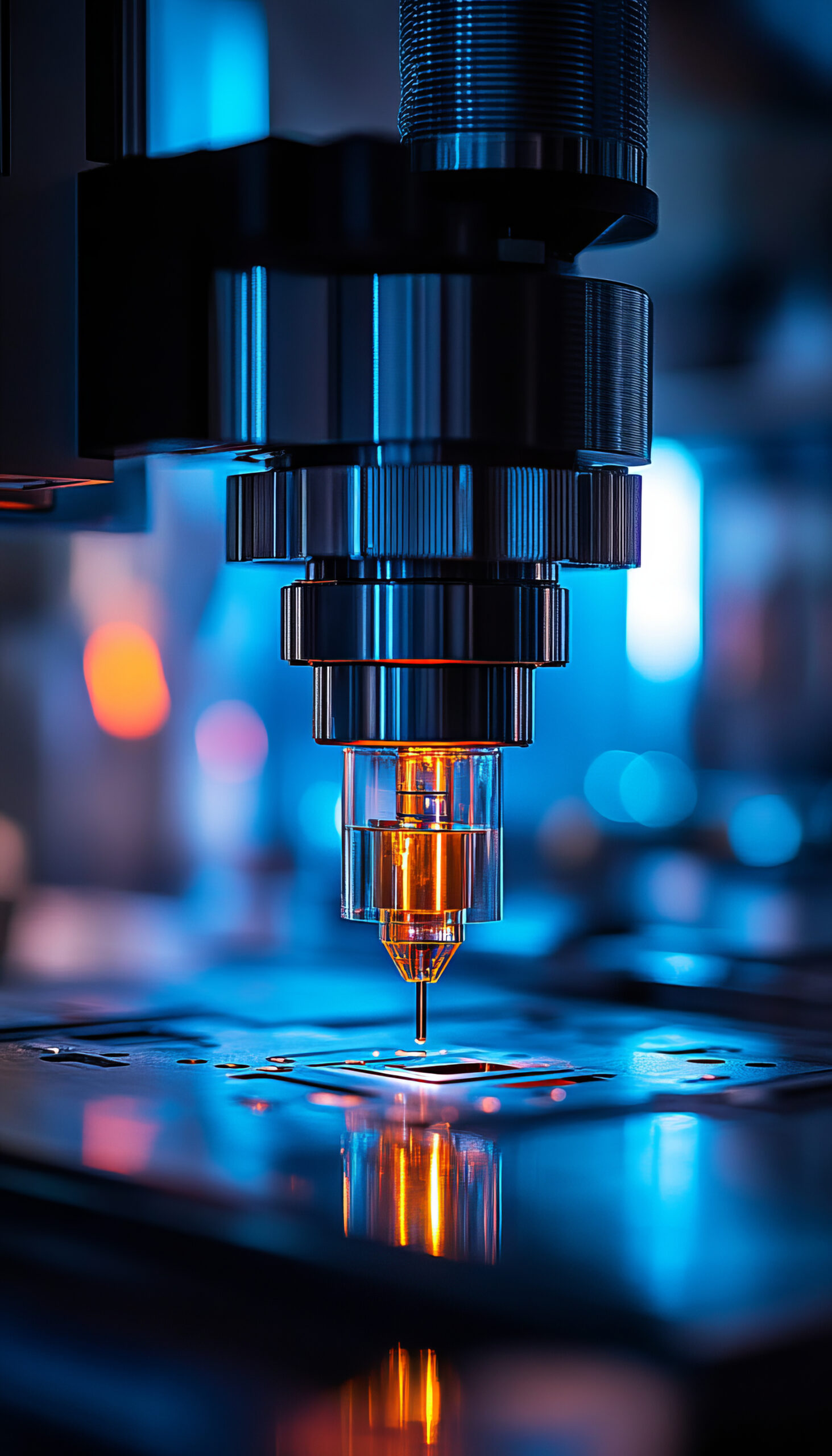Genotoxicity — the ability of a substance to damage genetic material—has become a central concern in the cosmetics industry. As consumer demand for safe, effective, and “clean” beauty products grows, and as regulations tighten globally, cosmetic brands and manufacturers must ensure that their ingredients and finished products meet strict safety criteria, particularly around potential genotoxic effects.
What is genotoxicity and why does it matter in cosmetics?
Genotoxic substances can cause mutations, chromosomal breaks, or other DNA damage. In cosmetics, even trace amounts of a genotoxic ingredient can raise concerns, as repeated exposure—through daily use—may increase long-term health risks, including cancer.
Why does this matter for cosmetics?
- Frequent, long-term exposure: Unlike pharmaceuticals, cosmetics are often used daily and over long periods.
- Sensitive user groups: Products may be used on sensitive populations, including children and those with pre-existing skin conditions.
- Consumer trust: Safety scandals (even rumors) can severely damage a brand’s reputation.

Regulatory landscape: global and regional perspectives
Regulators worldwide have implemented rigorous frameworks to assess and control genotoxicity risks in cosmetics:
- EU Cosmetics Regulation (EC) No. 1223/2009: Prohibits the use of substances classified as CMR (carcinogenic, mutagenic, or toxic to reproduction), including those with genotoxic potential.
- OECD Guidelines: Set standardized in vitro and in vivo genotoxicity testing protocols (Ames test, micronucleus assay, chromosomal aberration test…).
- Other regions (USA, Asia): Increasingly align with EU standards or develop their own guidelines to protect consumers.
How are genotoxicity tests performed for cosmetic products?
Testing for genotoxicity involves a tiered approach:
- In Silico Assessment – Computational toxicology and (Q)SAR models to screen ingredients.
- In Vitro Testing – Human-relevant cell models (2D, 3D reconstructed skin), Ames test, micronucleus test, and more.
- Follow-up Analysis – If any positive findings, additional investigations, risk assessment, and possible product reformulation.
Innovative laboratories like GenEvolutioN use advanced, GLP-compliant in vitro models to provide robust, regulatory-grade data that anticipate regulatory scrutiny and support “clean label” marketing claims.

Meeting consumer expectations: transparency, clean Beauty, and proactive safety
Today’s consumers expect more than regulatory compliance—they want transparency and proactive safety guarantees:
- “Clean” and “cruelty-free” claims: No animal testing; robust in vitro alternatives are a must.
- Traceability: Detailed knowledge and control of every ingredient’s safety profile.
- Continuous improvement: Brands that invest in next-gen safety testing (e.g., miniaturized, high-throughput, molecular imaging) are seen as leaders.
How GenEvolutioN helps brands navigate genotoxicity challenges
GenEvolutioN is at the forefront of genotoxicity testing for the cosmetics industry. Here’s how we empower our partners:
- Comprehensive in vitro testing: From ingredient screening to finished product evaluation.
- Regulatory expertise: Compliance with OECD, EU, and global standards—ensuring “right first time” product launches.
- Early risk detection: Prevent costly late-stage failures by identifying issues early in development.
- Strategic guidance: Support for claims validation, regulatory submissions, and crisis management.
Genotoxicity is no longer a “tick the box” requirement—it’s a fundamental part of cosmetic product development, brand trust, and regulatory strategy. Proactively addressing genotoxicity risks allows brands not only to meet regulations but also to exceed consumer expectations in an increasingly demanding market.
Looking for support?
Contact GenEvolutioN to discover how our expertise in genotoxicity can secure your next innovation—safely, transparently, and efficiently.

